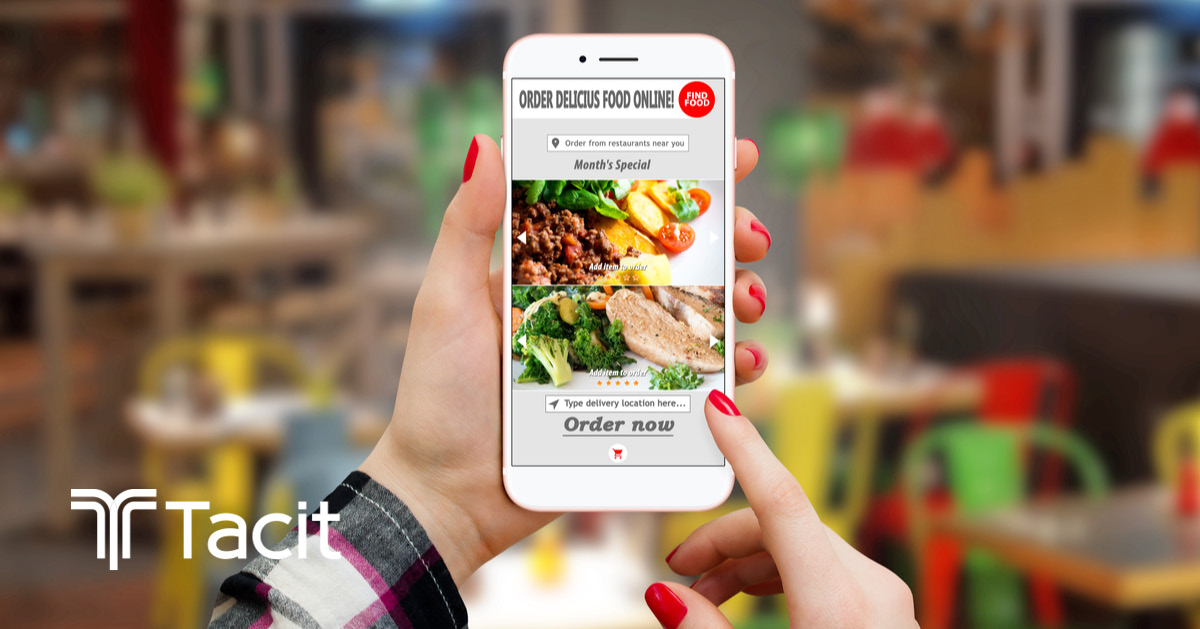
08 Oct Self-Service Food Ordering: How to Boost Sales Without Steep Investment Costs
The implication of self-service food ordering systems holds great potential to increase sales without steep investment costs. As explained by Forbes, the introduction of kiosks in the restaurant environment is finally making an impact. In fact, up to 25% of restaurant customers report having used a kiosk within the last three months. This reflects an increase of 7% over the past year. Unfortunately, most customers still would instead shop and visit establishments with kiosks in place, and many overlook the value in offering self-service kiosks for their customers. Restaurateurs need to understand the importance of self-service food ordering and how it can lessen the impact of digital transformation in the industry.
Causes of Slow Sales in Restaurants
The restaurant industry suffers from an influx of slow sales. While other industries have been quick to adapt to changing requirements and the evolution of digital technologies, the restaurant industry has been slower at full digital food ordering capability adoption. In previous years the prominent digital food ordering options were thru branded mobile apps and some limited take-out options. There is room for growth in digital adoption lies in connecting customers with more food options through third-party aggregators or often called third-party delivery platforms, such as UberEats, DoorDash, PostMates and more. Beyond slower digital adoption by restaurants to capture increased sales, uncertainty in the economy is beginning to contribute to a decline in restaurant sales according to TDn2K’s monthly survey of the industry.
New Technology Enables Faster, More Effective Ordering Capabilities
New technology naturally enables faster, more productive, and efficient ordering capabilities. Since customers can enter their own orders, restaurants realize benefits in the form of reduced labor costs and fewer inaccurate orders. Unlike other industries, an error in a restaurant order amounts to a loss of resources through wasted food as well as unhappy customers. By eliminating these risks through new technology, restaurants boost sales and profit margins.
How to Implement a Self-Service Food Ordering Strategy
The strategy for implementation of a self-service ordering initiative varies by restaurant. However, all successful applications follow several standard steps, including:
- Gain support among shareholders. An integral part of any useful self-service ordering capabilities includes creating a series of workflows that encourage support among the executive suite. Lackluster support among stakeholders will naturally contribute to higher costs and lost opportunities. As a result, restaurateurs should focus on building shareholder support for digital food ordering capabilities.
- Connect self-service ordering kiosks to the internet and POS. Another critical component of self-service ordering includes integration and connection between food ordering capabilities and the point-of-sale (POS system). Leveraging Internet protocols, advanced systems can enable communication and connection without significant investment in existing processes. In other words, restaurants are already in the process of increasing accountability and service, so the merging of technology to promote self-service ordering and enable this function will naturally lend itself to improved profitability.
- Give customers access to self-service ordering options. Any successful digital food ordering self-service strategy must enable customers to complete purchases on their own devices and at their convenience. Whether it is through a branded mobile restaurant app, website, or an in-house kiosk. Failure to do so would effectively increase the need for more labor, adding to unnecessary costs for today’s restaurant operators.
- Take advantage of both internal and external resources. While an argument exists against the use of third-party services, choosing a partner in creating an effective dine-in strategy and technological component in ordering is an essential step, notes QSR magazine. Taking advantage of both internal and external resources enables ongoing process improvement and reduces risk.
- Obtain feedback from consumers. Next, it is up to each establishment to obtain feedback from consumers to continuously improve. Since the modern way consumers interact with restaurants involves technology, a lack of feedback will result in added costs and lost opportunities. Effective communication strategies include connecting with consumers through social media and branded applications.
- Use data to understand weaknesses and improve. The final aspect of successful branded, in-store digital restaurant experiences as they relate to kiosks goes back to the use of data to interact and understand consumers. When businesses have access to more information, they can make meaningful improvements that benefit customer experiences. Furthermore, the application of data will allow for continuous improvement regardless of the current stage in quantity, as well as quality, of digital transformation in developing authentic omnichannel experiences.
Pick the Low-Hanging, Self-Service Fruit in Your Restaurant
The introduction of self-service food ordering kiosks was a revolution for the restaurant industry. Instead of relying on individual workers to complete orders, restaurateurs were able to leverage technology and reduce labor costs. Of course, this introduction of technology holds additional benefits through big data and restaurateurs need to understand this technology and start thinking about introducing self-service food ordering kiosks in their organizations to remain competitive and profitable. Reap the benefits of self-service food ordering kiosks by visiting Tacit online and moving toward digitalization now.

Pingback:Restaurant Point of Sale Consistency: Getting All Locations on Same POS
Posted at 09:51h, 16 October[…] Unfortunately, restaurant point-of-sale consistency remains a significant issue and hindrance to modern restaurant management, and leaders need to understand […]